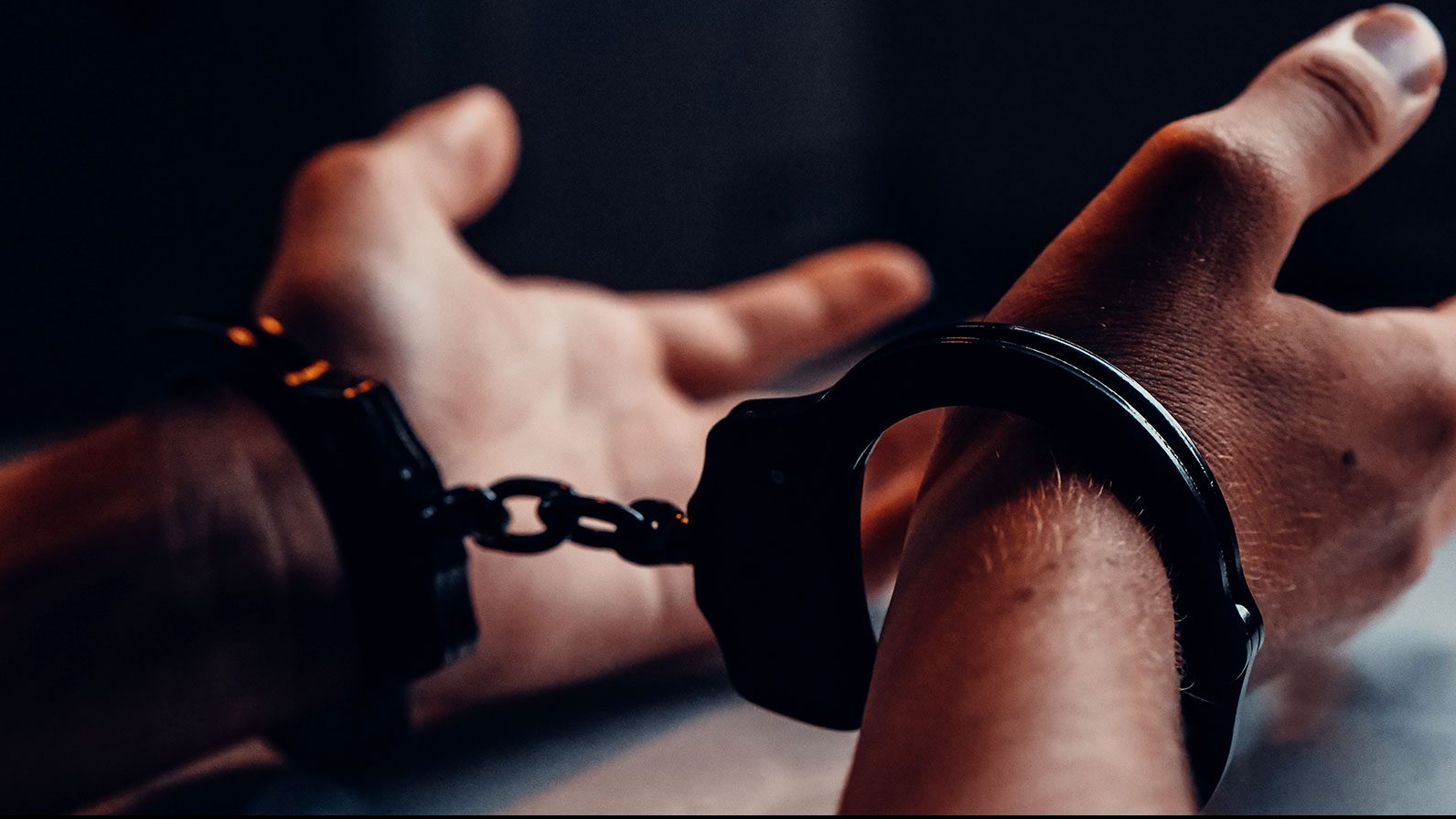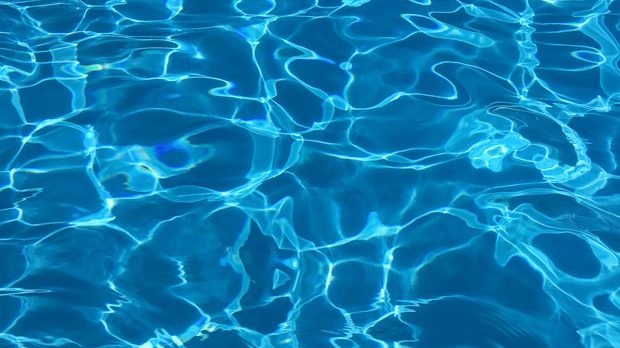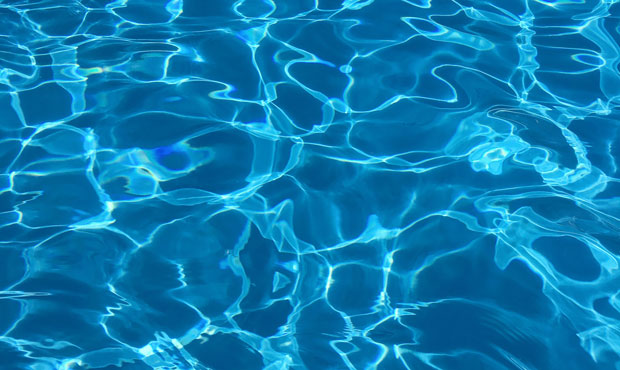As parents struggle to manage online content, kids are being affected
Jun 23, 2014, 9:33 PM | Updated: 9:33 pm
Michael Lowe was watching Saturday-morning cartoons with his 4-year-old son a few years ago when he learned firsthand how difficult it can be to monitor what kids watch.
Lowe left the room in his Calgary, Alberta, home for about five minutes, he says.
“When I left, we were watching cartoons,” Lowe, 36, said. “When I came back, let’s just say we weren’t watching cartoons anymore.”
Lowe’s son, like most toddlers, loved to push buttons. Left unattended for a few moments with the TV remote and the boy had stumbled on an adult channel — one that Lowe had removed from his cable box via his service provider.
“Unbeknownst to me, they put (the channel) back,” Lowe said.
On a family trip to Hawaii shortly after, Lowe was teaching his son about volcanoes with the help of YouTube. While he could control which video his son saw, he couldn’t control the trailer for a horror movie that preceded the volcano video that left his son terrified.
All this gave Lowe an idea: What if there was a service that could offer quality educational, fun programs without the risk of changing channels or running into gory trailers? That idea eventually became Kidoodle.TV, a Netflix-like service Lowe founded in 2012 for kids up to age 10.
With the app, parents choose a variety of programs and form individual playlists for up to five kids. The website even provides parents with tutorials on how to lock out the rest of the Web while using the app on a tablet.
Lowe’s app addresses a common parental dilemma: How to control and monitor what kids watch when they can access just about anything on any number of platforms at any time?
The new normal
Lowe is like many parents who struggle with monitoring what kids see on the Internet. Online forums and mommy blogs are full of rants about the impracticality of parental filters on video streaming services like Netflix or Hulu.
David Williams, 58, is a Tennessee-based financial planner and dad. Williams and his wife are so fed up with Netflix’s filtering that they’re considering terminating their subscription.
“The filter is so broad that if you block R ratings, you also block unrated. Old movies have significant cultural value, but are blocked in that case,” Williams said. “There is no password protection for Netflix parental controls. We have no certainty that our wishes are being accepted, except when we look at the 'recently watched' queue. It's too late and the damage may already be done at that point.”
Netflix offers a separate kid section for age-appropriate content that is identified by a light-blue background color. Parents can sign up for a profile without filters, while setting up age-specific profiles for different children.
Jenny McCabe with Netflix understands Williams' concerns, but says Netflix has gone above and beyond to be kid-safe. McCabe admitted that the profiles are not password protected, but she says putting more barriers in the way “just makes everybody irritated.”
“How many little kids can type and spell? If we made the profiles password protected, then (parents) would have to remember an extra password. Once kids are 10, they crack passwords,” McCabe pointed out. “We go really far, but we don't go into lockdown because we find that's less what parents want.”
McCabe said the onus is on parents to monitor their kids whether they're on Netflix or elsewhere.
“My kids watch in the kids section all the time and would never (navigate out of the section),” McCabe said. “Most kids with parents like (Williams_ will listen to them. It's the parents who aren't watching whose kids are probably a little more adventurous.”
Long-term damage
The damage parents like Williams are trying to avoid is real, says Dr. David Greenfield, a psychiatrist and founder of the Center for Internet and Technology Addiction. Greenfield says overexposure to porn and sexualized images can create problems for children later in life. Greenfield calls the phenomenon the “pornification” of sex.
“They mimic what they see on TV or computer screen because they think that’s what sex is,” Greenfield says. “But that has nothing to do with human sexuality and it certainly has nothing to do with relationships.”
That's a problem because the relationship between minors and porn is widespread. Michigan-based Internet watchdog site and software filter firm Covenant Eyes conducted studies at the beginning of 2014 that found 9 out of 10 boys and 6 out of 10 girls under 18 are exposed to porn. They also found that 15 percent of boys and 9 percent of girls have seen child porn and that 30 percent of 17-year-olds have received a sext message.
Measuring the impact of porn exposure is what vexes researchers like West Chester University's Eric Owens. Owens co-authored a 2012 review of research published between 2005 and 2012 about the effect of pornography on teens. The studies Owens reviewed varied from cyberbullying to how the Internet affects brain function. He says the research is limited mainly because of legality.
“It’s illegal for kids to view porn in the states, so to do research, we’d have to ask kids about illegal behavior that, in some people’s opinions, is also immoral. That becomes pretty tricky,” Owens said.
Owens said there’s a difference in impact between older vs. younger kids because by the time a kid hits the late teens, sexual images have often become normal already.
“Early adolescents are more impacted by it. In late adolescence, kids say, ‘Well, I’ve seen it a million times. So what?’” Owens said.
The role of parents
Parents are the only thing that can stand between kids and inappropriate content, Common Sense Media parenting editor Caroline Knorr says.
“It’s not like network TV anymore where you can put on Cartoon Network and know you’re safe,” Knorr said. “Watch with your kids when you can and check out what’s recently watched on Netflix,” Knorr said. “If you have a DVR, record shows you’re OK with and let your kids watch those.”
Edutopia forums suggest parents respect that kids emulate them and teach kids digital limits by example.
McCabe said it's important for parents to become intimate with the controls that are available.
“If anything, most families don't know there is a kids' section (on Netflix),” she said. “A lot of people would probably benefit from setting up a profile, defaulting it to the kids' section and then putting that profile to the settings they want. That's probably a whole lot better that what a lot of people are doing right now.”
Knorr says parents should remember that they can still lay ground rules. Common Sense also offers reviews of movies and TV shows specifically designed to help parents identify what's safe for which age groups.
“Try to get your kids to regulate their own behavior and gear them toward the right shows,” Knorr said. “You’re not going to be able to control what they see with screens everywhere. The most important thing is to talk to them about what they watch.”
Until something changes and filters improve, parents like Williams are left vying for a little more control.
“My wife and I have tried to instill our values,” Williams said. “I'd like the flexibility to be able to watch certain programs when we can moderate the negative content and allow the redeeming content.”
Email: chjohnson@deseretnews.com
Twitter: ChandraMJohnson![]()








